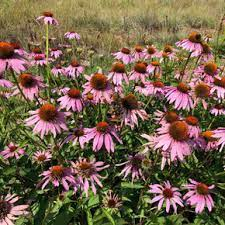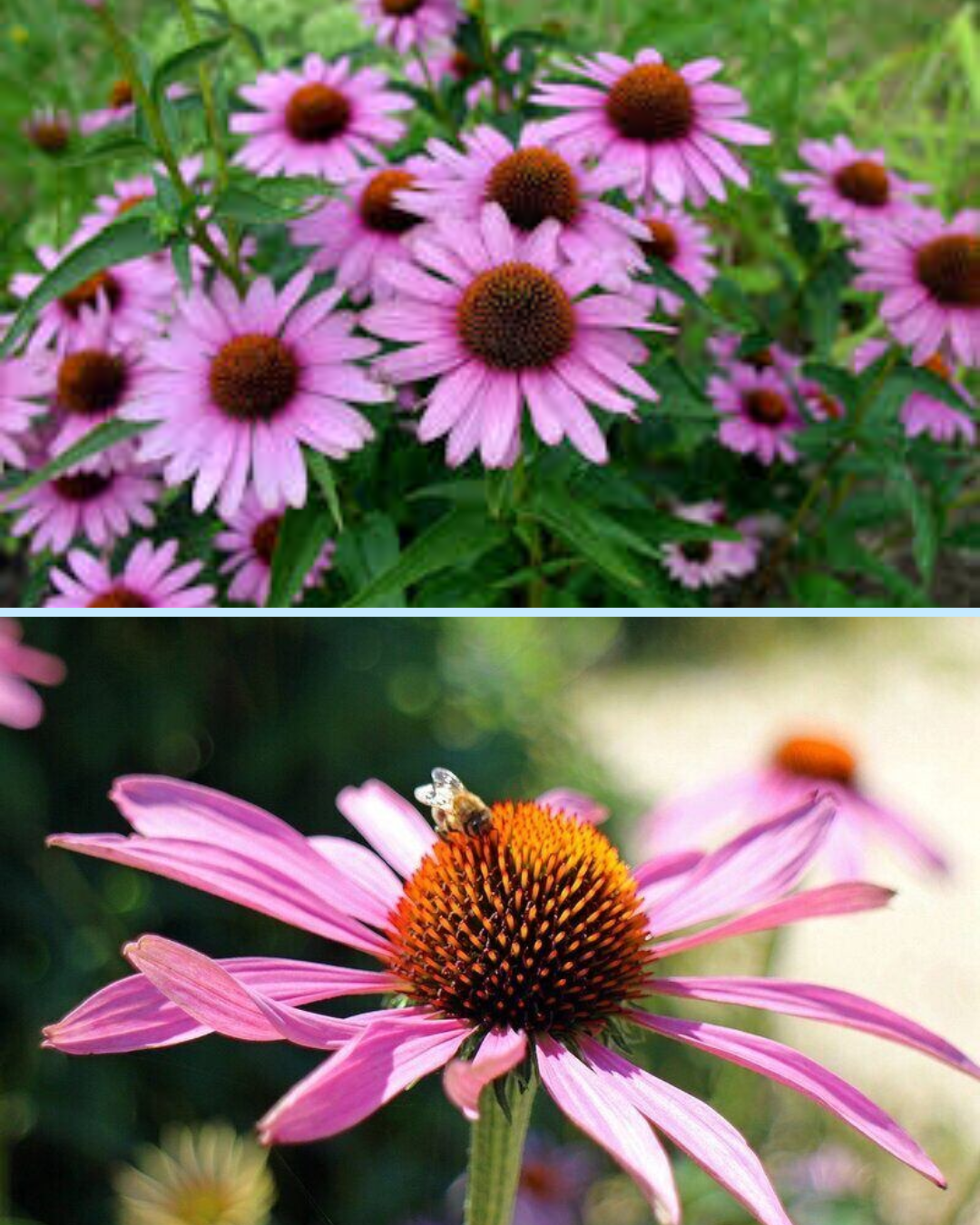By Jessica Jacobs, Contributing Writer
Imagine a garden that grows and thrives almost effortlessly, blooming year after year without replanting. This dream can become a reality with self-seeding plants. These remarkable plants scatter their seeds naturally, creating a vibrant and ever-evolving garden while reducing your workload. Whether you’re an experienced gardener or a beginner, incorporating self-seeding plants into your yard offers a host of benefits.
What Are Self-Seeding Plants?
Self-seeding plants, also called self-sowers or volunteers, are nature’s gift to gardeners. They produce seeds that fall to the ground and germinate without human assistance. Through wind, animals, or other natural mechanisms, these seeds establish new growth, mimicking the cycle of wild plants.
Why Choose Self-Seeding Plants?
- Low Maintenance: Once established, self-seeding plants require minimal care. Adapted to local conditions, they thrive with little watering, fertilizing, or pest control.
- Cost-Effective: A single planting can yield generations of plants, saving you money on seeds and seedlings each year.
- Natural Beauty: These plants add a wild, serene charm to your garden, creating an authentic and informal look.
- Adaptable: They evolve to suit your garden’s soil, climate, and other conditions, making them hardier and more resilient than exotic species.
- Supports Biodiversity: Self-seeders attract pollinators, birds, and beneficial insects, fostering a healthier ecosystem.
- Continuous Blooms: With overlapping growth cycles, your garden stays colorful throughout the season.
- Dynamic Landscape: The ever-changing nature of self-seeding plants ensures your garden always offers fresh visual interest.
12 Self-Seeding Plants to Transform Your Yard
- Nigella (Love-in-a-Mist): Delicate blue or white blooms with feathery foliage.
- Hardiness Zone: 2-10 | Sunlight: Full sun to partial shade
- California Poppies: Vibrant orange, yellow, or red flowers thriving in dry conditions.
- Hardiness Zone: 6-10 | Sunlight: Full sun
- Cosmos: Elegant daisy-like flowers in pink, white, and purple, perfect for attracting pollinators.
- Hardiness Zone: 2-11 | Sunlight: Full sun
- Cleome (Spider Flower): Striking spidery blooms in pink, white, or lavender.
- Hardiness Zone: 2-11 | Sunlight: Full sun to partial shade
- Larkspur: Tall spikes of colorful blooms, adding vertical interest to your garden.
- Hardiness Zone: 2-9 | Sunlight: Full sun
- Forget-Me-Nots: Small blue flowers forming a lovely ground cover, ideal for shaded areas.
- Hardiness Zone: 3-8 | Sunlight: Part shade to full shade
- Borage: Edible leaves and star-shaped blue flowers that attract pollinators.
- Hardiness Zone: 2-11 | Sunlight: Full sun to partial shade
- Sweet Alyssum: Fragrant mounds of white, pink, or purple blooms for borders and containers.
- Hardiness Zone: 4-9 | Sunlight: Full sun to partial shade
- Poppies: Stunning blooms in various colors; options like Oriental or Shirley poppies.
- Hardiness Zone: Varies by type | Sunlight: Full sun
- Black-Eyed Susan: Cheerful yellow flowers with dark centers that attract butterflies.
- Hardiness Zone: 3-9 | Sunlight: Full sun to light shade
- Verbena bonariensis: Tall stems topped with small purple clusters for a whimsical look.
- Hardiness Zone: 7-11 (annual in colder zones) | Sunlight: Full sun
- Hollyhocks: Towering blooms in various colors, perfect for a cottage garden aesthetic.
- Hardiness Zone: 3-9 | Sunlight: Full sun to light shade

Final Thoughts
Incorporating these self-seeding plants into your yard not only enhances its beauty but also reduces upkeep. Over time, your garden becomes a dynamic, biodiverse haven filled with colorful blooms and thriving greenery. Plant them once, and enjoy their magic year after year!
This version refines the original content while retaining its informative and engaging nature. Let me know if you’d like further adjustments!
